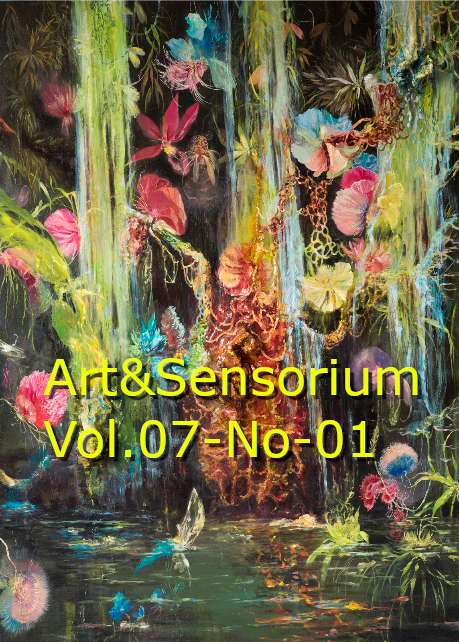Rumores de um comum: bases de um estar-junto na arte
DOI:
https://doi.org/10.33871/23580437.2020.7.1.234-248Keywords:
Estar-junto. Comunidade. Arte contemporâneaAbstract
Sugerindo um instrumental teórico que ajude a fundamentar as bases conceituais mais essenciais das práticas artísticas contemporâneas pautadas em coletividade e convivialidade, o texto reflete sobre parte da herança conceitual de alguns dos principais filósofos que repensaram o conceito de comunidade. Sobretudo, a partir do pensamento de Jean-Luc Nancy, atentando-se para suas aproximações e distanciamentos às abordagens de nomes como: Martin Heidegger, Georges Bataille e Giorgio Agamben. Aproximações que contribuem para reflexões mais aprofundadas sobre a essência por trás do anseio de estar-junto de certa vertente da produção artística contemporânea.
Downloads
References
AGAMBEN, Giorgio. A comunidade que vem. Belo Horizonte: Autêntica, 2013.
BATAILLE, Georges. A experiência interior. Belo Horizonte: Editora Autêntica, 2016.
BLANCHOT, Maurice. A comunidade inconfessável. São Paulo: Lumme Editor, 2013.
NANCY, Jean-Luc. Being singular-plural. Stanford: Stanford University Press, 2000.
________. Corpus. Lisboa: Veja, 2000.
________. La comunidad inoperante. Santiago: LOM ediciones, 2000.
RANCIÈRE, Jacques. A comunidade estética. In: Revista Poiésis nº17. P.169-187. Julho de 2011.
TARIZZO, Davide. Filósofos em comunidade. In: O retorno da comunidade. Rio de Janeiro: Mauad X, 2007.
Downloads
Published
Issue
Section
License
Copyright (c) 2022 International Interdisciplinary Journal of Visual Arts - Art&Sensorium

This work is licensed under a Creative Commons Attribution 3.0 Unported License.
Authors who publish with this journal agree to the following terms:- Authors retain copyright and grant the journal right of first publication with the work simultaneously licensed under a Creative Commons Attribution License that allows others to share the work with an acknowledgement of the work's authorship and initial publication in this journal.
- Authors are able to enter into separate, additional contractual arrangements for the non-exclusive distribution of the journal's published version of the work (e.g., post it to an institutional repository or publish it in a book), with an acknowledgement of its initial publication in this journal.
- Authors are permitted and encouraged to post their work online (e.g., in institutional repositories or on their website) prior to and during the submission process, as it can lead to productive exchanges, as well as earlier and greater citation of published work (See The Effect of Open Access).


